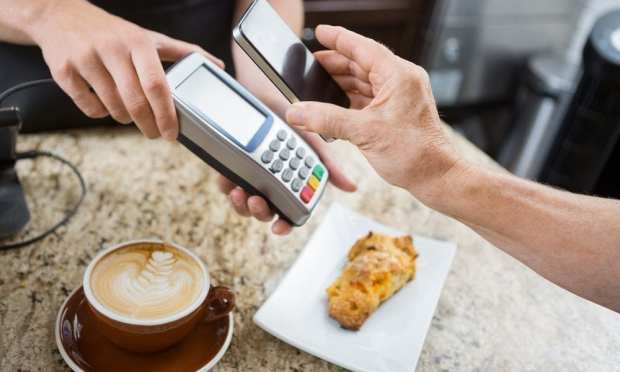Deep Dive: With Contactless mPOS, SMBS Find The Magic Touch

Consumers want to be able to use their smartphones to scan or look products up and make payments — even when they are shopping at their neighborhood markets. Mobile point-of-sale (mPOS) solutions have emerged to help them do just that, enabling convenient and frictionless experiences at small to medium-size businesses (SMBs) and keeping transactional costs under control.
Contactless mPOS adoption is also likely to increase in the coming years, with more consumers looking for checkout experiences that are both seamless and secure. The following Deep Dive delves into why small merchants could see big changes when they adopt such solutions, and how these systems could shift operations for SMBs.
Making Contactless Mainstream
The mPOS market is thriving, according to recent data, currently valued at approximately $170 million and projected to hit $660 million by 2025. Mobile contactless payment solutions, in particular, are seeing significant adoption in several global markets, and their presence has increased from roughly 20 million systems in 2015 to 144 million in 2017, largely in markets like Australia, Canada, Singapore and the U.K. These high adoption rates could be attributed to consumers seeking more friction-free approaches to retail payments and increased smartphone use. By some accounts, roughly 5.1 billion smartphones are in use worldwide.
Keeping Payments Secure
Thanks to fraud-specific regulations, contactless mPOS solutions could see even greater adoption across Europe. An EU-wide mandate requiring all POS terminals to be EMV card-ready by 2020 could result in more merchants adopting the modern contactless mPOS systems that reduce fraud risks related to card-present transactions. The resultant speed and security could be a selling point for many customers, and a checkout experience that does not require them to share PINs or use a magnetic stripe could make them feel more confident that their personally identifiable information (PII) is being kept safe.
If other markets were to adopt similar mandates, contactless mPOS adoption could significantly increase. It is currently lagging in the U.S., but a recent report indicates that the market could rapidly shift and make contactless payments more mainstream.
Cashing Out Cash
In addition to being more cost-effective, mPOS systems can also provide additional security features. They spare merchants from having to handle cash, which must be tallied, gathered and transported to a bank, and smaller firms could use these systems to enable faster checkouts and transition away from accepting cash payments entirely.
As more physical banks close their doors, a shift away from cash would be beneficial for merchants that do not operate near branches. The rise of digital banking has prompted many financial institutions to reduce their physical footprints, which means cash-heavy operations must travel farther to deposit their funds.
Consumers who visit physical stores want payment experiences that are both seamless and safe. With contactless mPOS solutions, merchants can make checkout easier, keep their coffers full and better ensure payment and data security.
